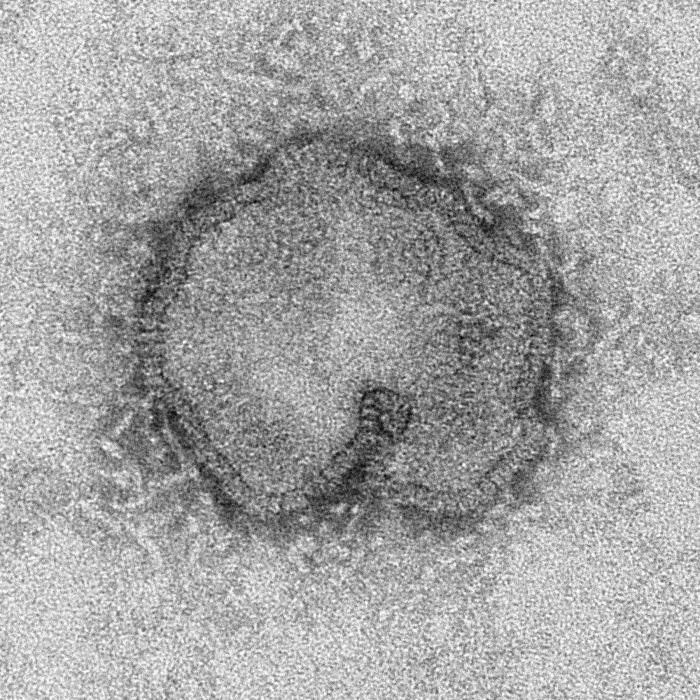In early 2013, the first reported human cases of H7N9 avian influenza were reported in China. Since that time, more than 1500 cases have been reported with about half the cases reported since last October. About 40% of those infected died.
A study was published this summer in PLoS Pathogens showing the virus being three mutations away from changing into a form that’s easily transmitted between humans.
How worried should we be about this influenza type, it’s potential adaptability to spread among humans and its pandemic potential?
Michael Osterholm, PhD joined me for The Story Behind the Story. Dr Osterholm is the director of the Center for Infectious Disease Research and Policy (CIDRAP) at the University of Minnesota.
Podcast: Play in new window | Download
Subscribe: Apple Podcasts | RSS
Related:
- Houston floods: What are the infectious disease risks?
- Nurses’ scrubs: Antimicrobial fabrics are ineffective for preventing bacterial contamination
- Psoriasis severity linked to increased risk of death: Penn study
- Philippines: No human bird flu cases so far, Duterte dines on Pampanga poultry
- What’s happened to Zika? Is the outbreak in the Americas over?
- Antibiotic stewardship: A look at penicillin allergies
- Infectious disease ‘pearls’: Treatment and diagnostics
- Parasites 101: Entamoeba histolytica
- Travel health and medicine issues

Intro music: “Rapture” by Ross Bugden



One thought on “H7N9 avian influenza in China: Should we be worried?”